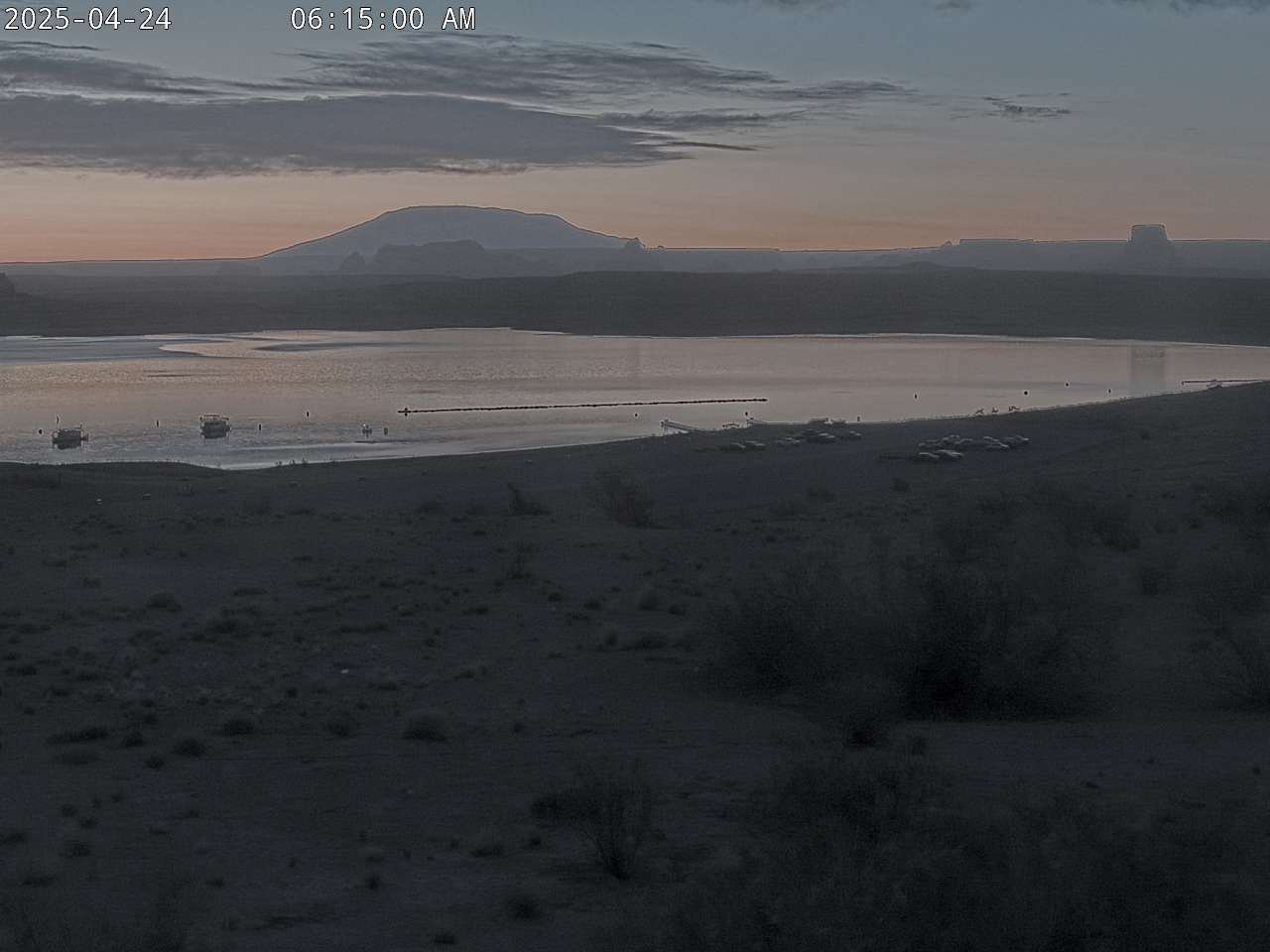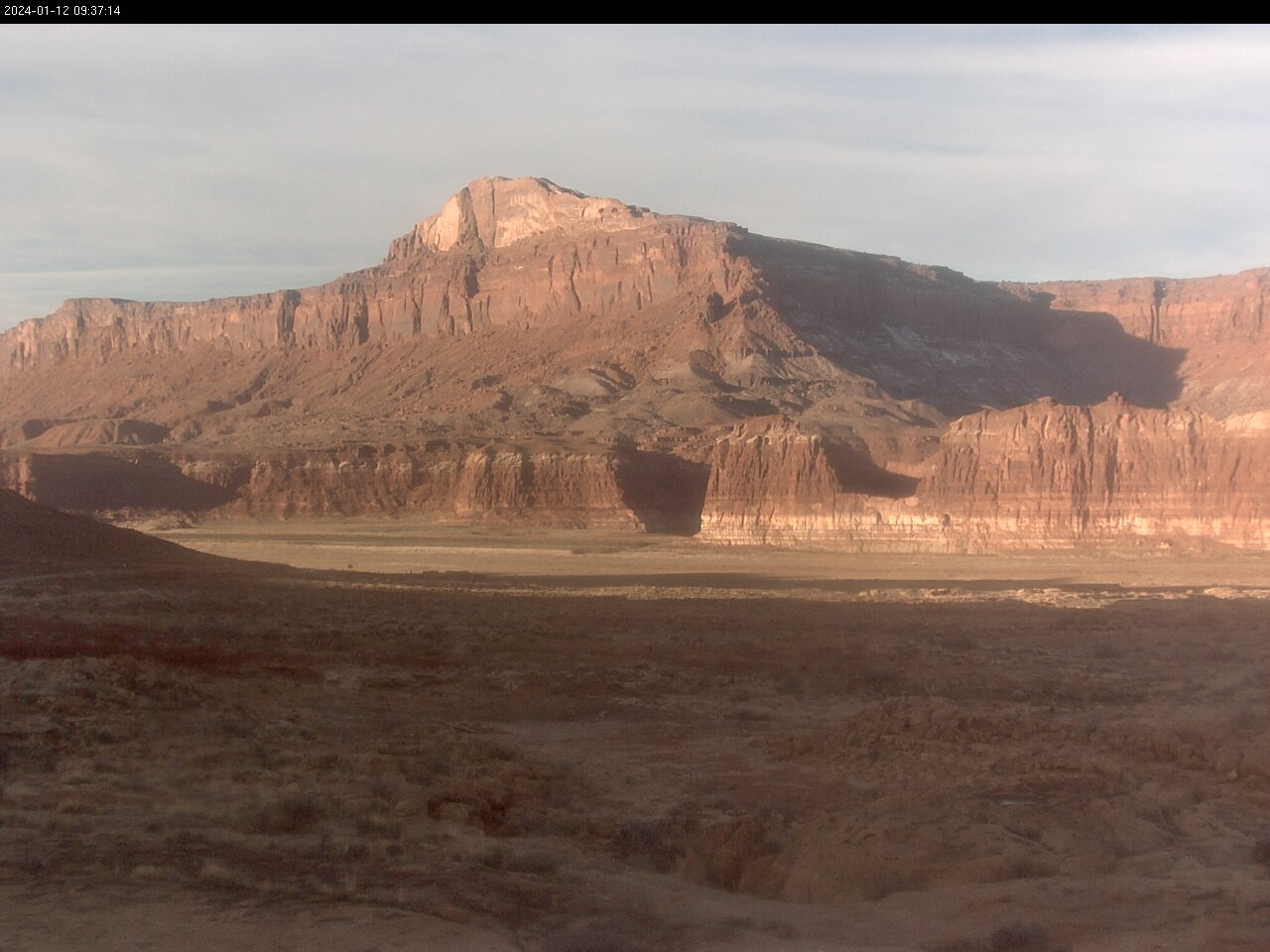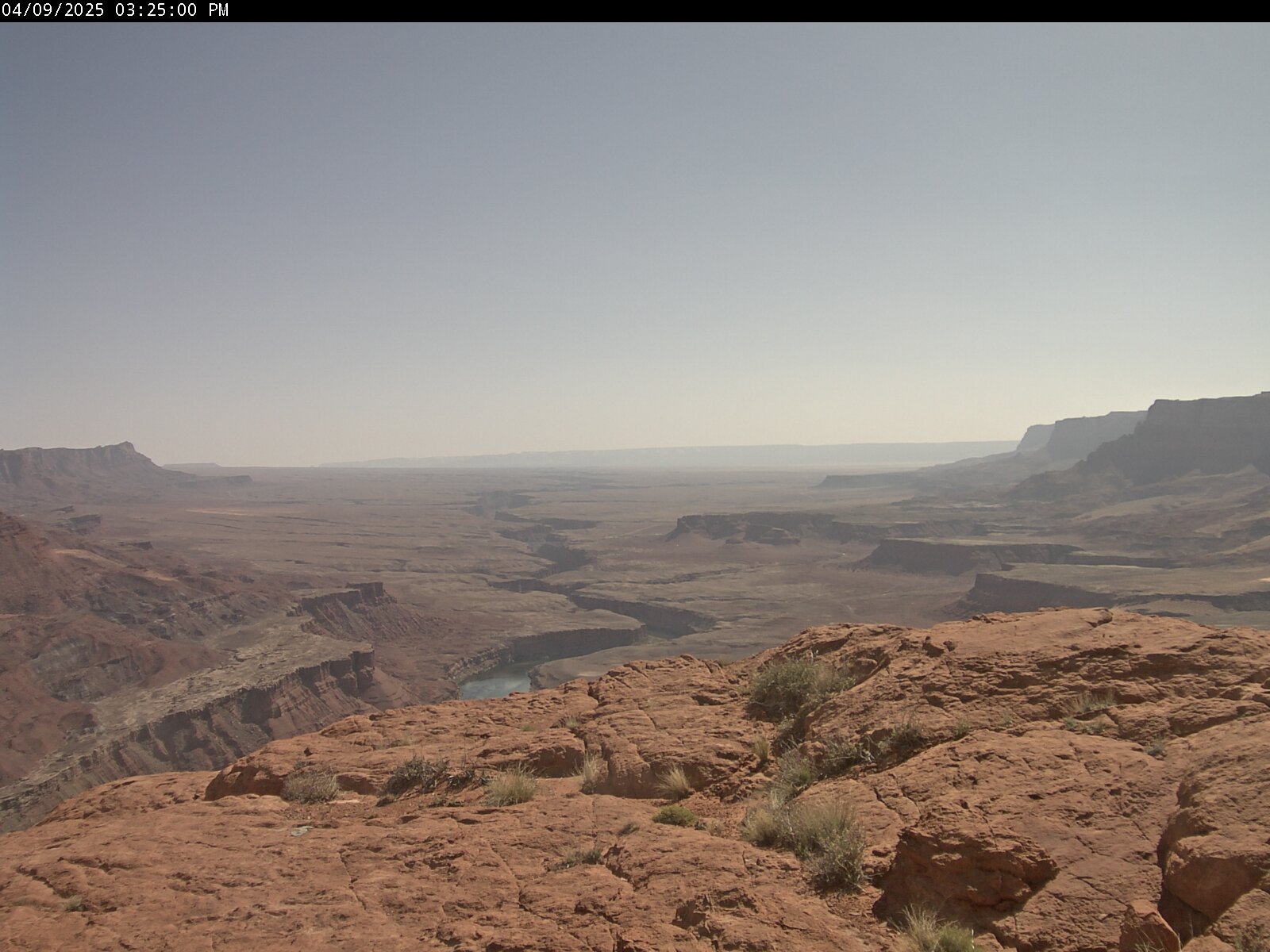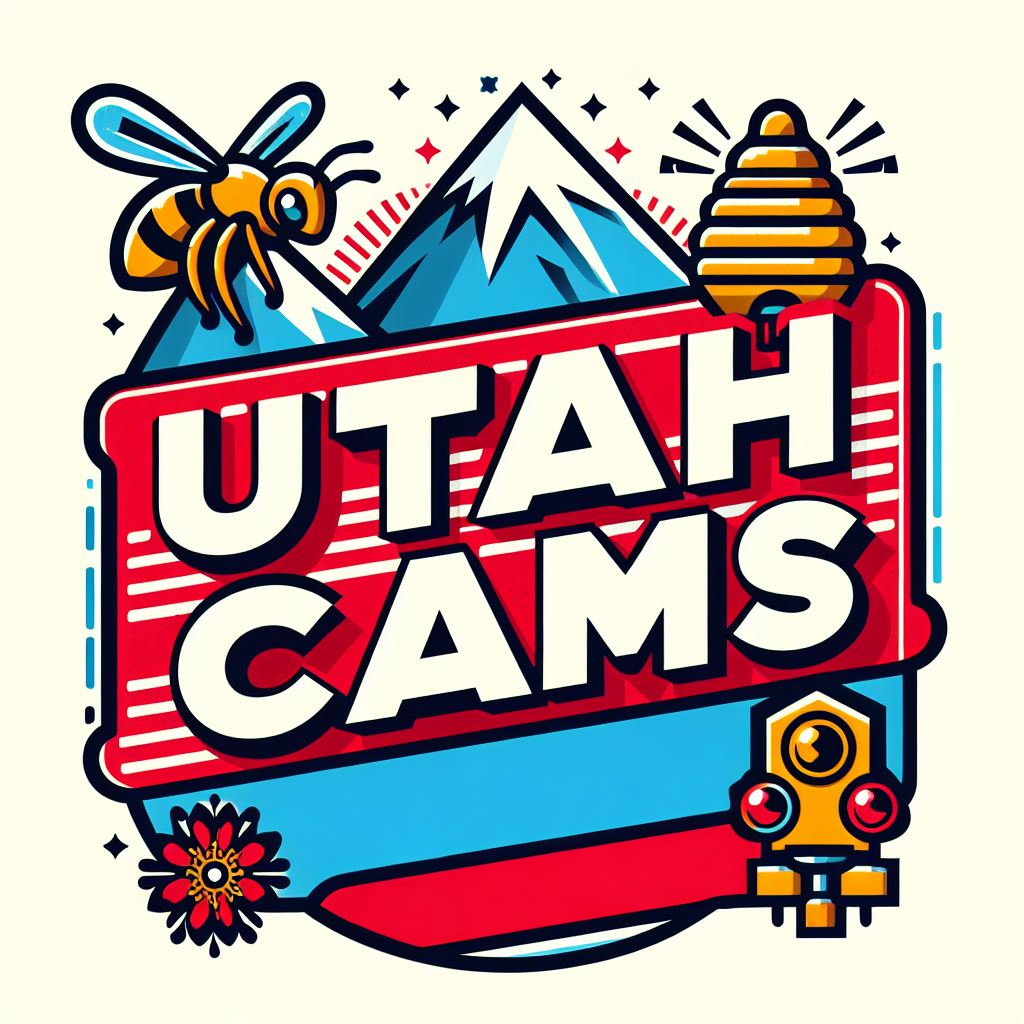Glen Canyon National Recreation Area, UT Weather Cams

Wahweap Main Launch Ramp Cam

Hite Scenic View Cam

Paria Overlook Cam

Glen Canyon National Recreation Area: Preserving Nature’s Masterpiece in the Heart of the Southwest
Exploring the Ancient Landscape
Glen Canyon National Recreation Area Webcams. Glen Canyon National Recreation Area, located in southeastern Utah and northern Arizona, is a sprawling expanse of rugged desert canyons, towering sandstone cliffs, and meandering river valleys. Spanning over 1.25 million acres, this vast wilderness area is a testament to the power of geological forces and the enduring beauty of the natural world. From its ancient origins to its designation as a national recreation area, Glen Canyon’s history is a tale of exploration, conservation, and the enduring spirit of the American West.
Geological Wonders: Carved by Time and Water
The history of Glen Canyon National Recreation Area begins over 180 million years ago during the Jurassic period when the region was covered by a vast inland sea. Over millions of years, layers of sediment accumulated on the sea floor, gradually compressing into layers of sandstone, shale, and limestone. As the Earth’s crust shifted and the climate changed, the sea receded, leaving behind a landscape of towering cliffs, deep canyons, and winding rivers.
One of the most iconic features of Glen Canyon is the Colorado River, which meanders through the heart of the recreation area, carving its way through the sandstone rock and creating the spectacular canyonlands that we see today. Over millions of years, the river has sculpted deep gorges, narrow slot canyons, and dramatic rock formations, creating a landscape of unparalleled beauty and diversity.
Native American Heritage: Guardians of the Canyonlands
For thousands of years, Native American tribes have inhabited the region surrounding Glen Canyon, leaving behind a rich legacy of culture, art, and tradition. The ancestral Puebloans, also known as the Anasazi, were among the earliest inhabitants of the area, leaving behind a treasure trove of archaeological sites, including cliff dwellings, petroglyphs, and rock art panels.
The Navajo, Hopi, and other indigenous tribes have also called Glen Canyon home, relying on its abundant natural resources for sustenance, shelter, and spiritual renewal. Today, the descendants of these ancient peoples continue to honor and preserve their cultural heritage, sharing their stories and traditions with visitors from around the world.
Exploration and Discovery: Mapping the Wilderness
The first recorded exploration of Glen Canyon took place in the mid-19th century when John Wesley Powell led a daring expedition down the Colorado River. Powell and his team braved treacherous rapids, towering cliffs, and unknown dangers as they charted a course through the uncharted wilderness of the canyonlands.
Subsequent explorers, including geologists, surveyors, and adventurers, followed in Powell’s footsteps, mapping the rugged terrain and documenting the natural wonders of the region. Their explorations helped to unlock the secrets of Glen Canyon’s geological history and paved the way for its eventual designation as a national recreation area.
Conservation and Preservation: Protecting a Natural Treasure
In the 20th century, as the American West faced increasing pressures from development and exploitation, efforts were made to protect and preserve the natural beauty and ecological integrity of Glen Canyon. In 1956, Congress authorized the construction of Glen Canyon Dam, which created Lake Powell, a vast reservoir that spans over 186 miles and encompasses much of the recreation area.
Despite controversy surrounding the dam’s construction and its impact on the environment, Glen Canyon National Recreation Area was established in 1972 to protect and manage the natural and cultural resources of the region. Today, the recreation area is administered by the National Park Service, which works tirelessly to preserve its unique wilderness character while providing opportunities for recreation, education, and enjoyment.
Recreational Paradise: Exploring the Great Outdoors
Glen Canyon National Recreation Area offers a wide range of recreational opportunities for visitors to explore and enjoy. Boating, fishing, and water sports are popular activities on Lake Powell, with numerous marinas, boat ramps, and campgrounds providing access to the water.
Hiking, backpacking, and rock climbing are also popular activities in the recreation area, with miles of trails and backcountry routes leading to hidden waterfalls, scenic overlooks, and ancient ruins. Visitors can explore slot canyons, paddle through narrow gorges, or simply relax and enjoy the breathtaking beauty of the canyonlands.
Challenges and Conservation Efforts: Preserving the Wilderness
Despite its protected status, Glen Canyon National Recreation Area faces a number of conservation challenges, including threats from climate change, invasive species, and overuse. The construction of Glen Canyon Dam has altered the natural flow of the Colorado River, leading to changes in water temperature, sedimentation, and habitat loss.
Efforts are underway to address these challenges and ensure the long-term health and sustainability of the recreation area’s ecosystem. The National Park Service, in partnership with local communities, conservation organizations, and tribal nations, is working to develop sustainable management practices, restore habitat, and mitigate the impacts of human activity on the environment.
